Welcome to the Janison Academy help portal
People
A group is a collection of users that are brought together for various purposes. A group belongs to the tenant although it can be restricted to a particular organisation or organisation unit if desired.
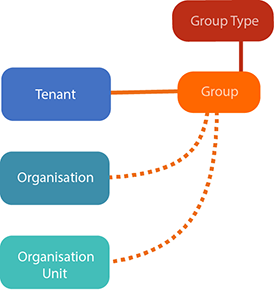
Group types are collections of groups. They can be used to categorise groups.
The diagram above shows the main groups relationships; the dotted lines indicate an optional relationship. Note that group types belong to the tenant however for simplicity this is not indicated in the diagrams here.
Groups allow cohorts of people to be defined and managed in various ways. CLS users are already organised by their membership in an organisation and an organisation unit. Groups provide complementary and/or alternative ways to organise and handle cohorts of users, see uses of groups. Users can be a members of multiple groups, including groups that are attached to a different organisation unit from their own. A list of all the users in a group is available through its details screen.
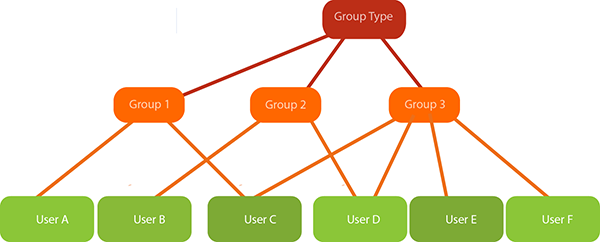
The example above shows three groups that are all members of one group Type. Group 1 contains users A and C. Group 2 contains users B and D. Group 3 contains Users C, D, E and F. Users C and D are members of more than one group. If you wanted to locate all of the users in this example you could use the group type and then target the members of each group that belongs to it.
Groups are managed by selecting Manage People > Groups.
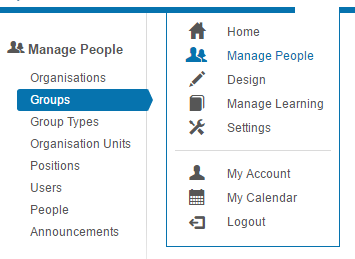
CLS users are already organised by their membership in an organisation and an organisation Unit. This follows a strict tree structure with two levels between the Tenant and the User. A User can only belong in one org unit in this hierarchy.
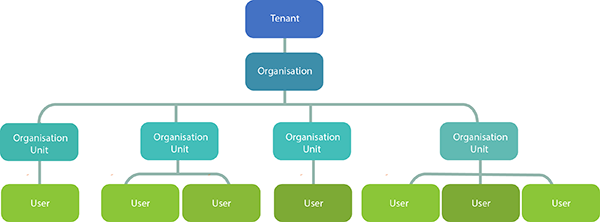
Groups offer additional and/or alternative methods for categorising cohorts of people because a user can belong to more than one group and a group does not have to be restricted to one organisation or organisation unit.
Broadly speaking, there are two main ways that groups are used to collect cohorts of users:
Groups and group types can be created to collect Users into cohorts that are independent of an organisational hierarchy.
Groups and group types can be created to further categorise users into cohorts within an organisation unit and hence create extra levels in an organisational hierarchy.
Note that in one tenant you could have a number of groups, with some groups playing the first of these roles and other groups playing the second.
What can you do with these cohorts of users? There a number of options:
Note also that when users establish an account on the CLS (self-registration) this can be set up so that they also select their group, for example joining age-limited groups that (invisible to the user) are members of an age range group type.
The two main ways that groups organise user cohorts are described below.
To understand this concept consider the strict tree structure that organisations follow and the example of the tiny company discussed in organisations which follows the organisations structure above.
Remember that a user can only be in one place in the hierarchy. It can only belong to one organisation unit.
In contrast, a groups structure is capable of a more flexible structure because users can be members of many groups that are not necessarily aligned with their organisation or organisation unit.
Below we can see three groups (orange) with their user members. This is overlaid on the users’ organisation structure. Note that one user can belong to more than one group and that the group memberships here cross organisation unit boundaries.
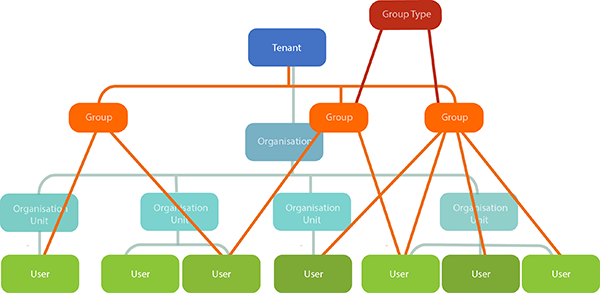
An example where this kind of structure might be useful is the appointment of building wardens for each building in an organisation. They are not necessarily aligned to the HR structure of the organisation. The building wardens are further divided into:
These groups cross boundaries: they are not limited to any particular place in the organisations hierarchical structure. A participating user is a member of the building wardens group type as well as a member of, say, the red cap group. This is shown in the portion of the structure shown below:
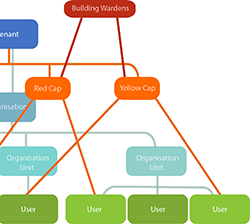
These groups and group types allow cohorts of people to be targeted. For example, appropriate training and competency requirements could be directed at all building wardens through the building wardens group type or fire safety material could be directed only at the members of the red cap group.
To understand this concept, see organisations and groups. In summary, this section discusses the scenario where an organisational structure needs two more levels of HR organisation. The solution is provided by groups and group types that create, in effect, two extra levels in the hierarchy (shown here in red and orange). Here each group belongs to one org unit.
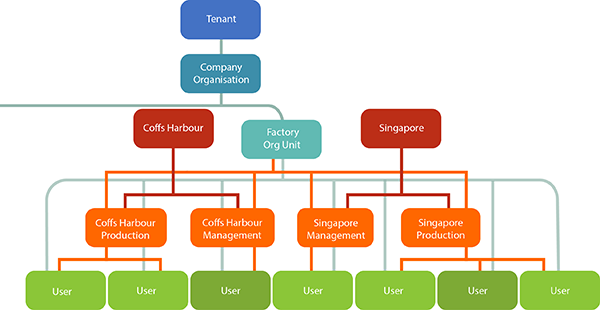
It is worth repeating that there is no one fixed way to manage multi-level HR structures in the CLS. Another approach would be to create a new organisation structure with more than one Organisation in the Tenant. It all depends on what you want to be able to do with your cohorts of people and how you want to manage them. The CLS is flexible enough for you to design a configuration that best suits your organisation’s needs. You should discuss how to configure your implementation of the CLS with Janison and consider:
In summary, CLS users are already organised by their membership in an organisation and an organisation unit. Groups offer additional and/or alternative methods for categorising cohorts of people because a user can belong to more than one group and a group does not have to be restricted to one organisation or organisation unit. Thus, multiple tree structures can be built using groups to suit the people management requirements of particular organisations and/or to provide other layers of user management.
Groups can be added one by one or imported in bulk. Steps to create groups via both methods are detailed below.
Navigate to Manage People > Groups.
You would use this method if you only had one or two groups to add.
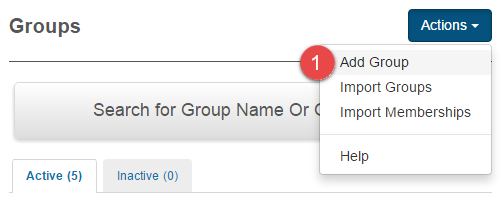
The New Group screen will be displayed.
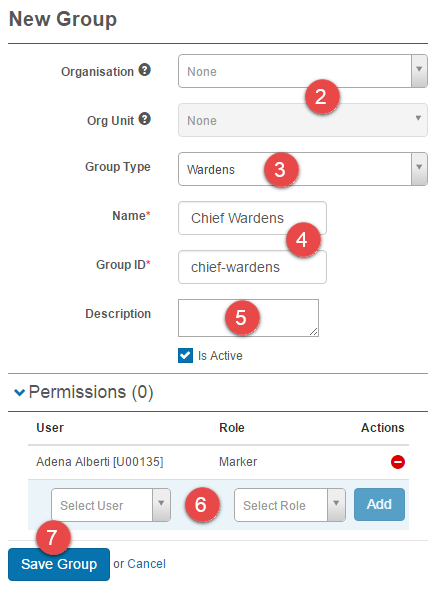
You would use this method if you had multiple groups to add.
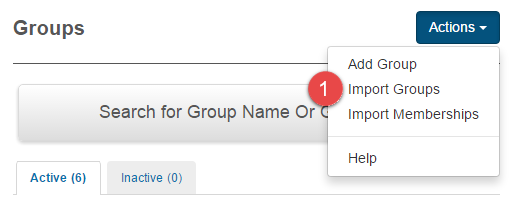
The Add Groups from spreadsheet screen will be displayed.

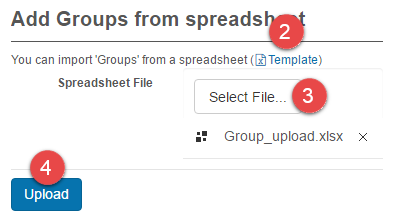
A feedback screen will be displayed where you can review the import data.
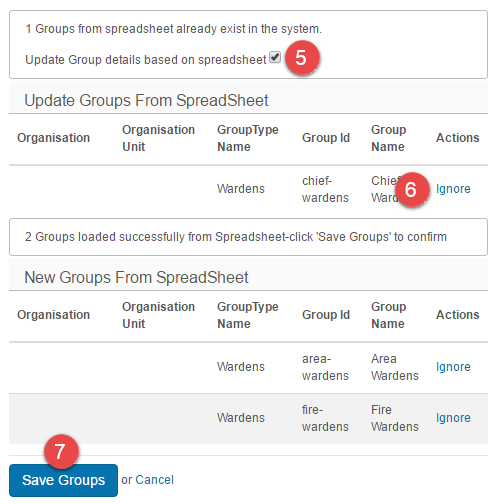
Note that you can import groups using the user import feature. You can read more about this topic in our document on import users.
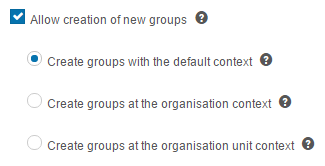
Groups can be archived if they are no longer required. Archived groups will no longer appear in the system.
Navigate to Manage People > Groups.
The Groups list screen will be displayed.
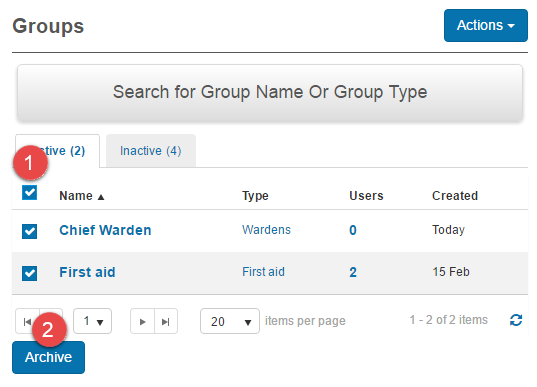
Archived groups will be moved to the Inactive tab and can be unarchived from there.
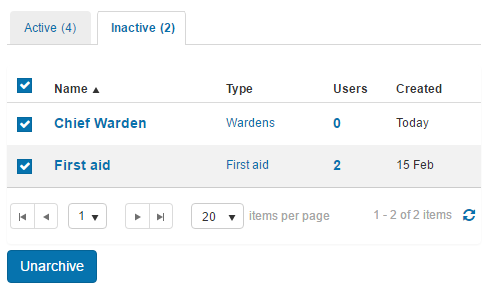
You can add users to a group manually or using the import feature. Steps to add users via both methods are detailed below.
Navigate to Manage Users > Groups.
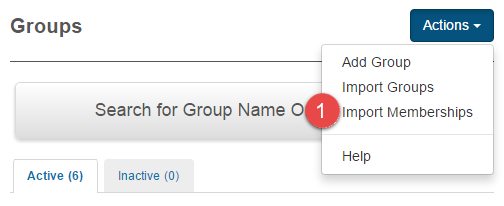
The Import group memberships from spreadsheet screen will be displayed.


If issues exist in the import file, feedback will be displayed.

If no issues exist with the file, other feedback will be displayed.

Note that you can import group membership using the user import feature. You can read more about this topic in our document on import users.
Open a group.
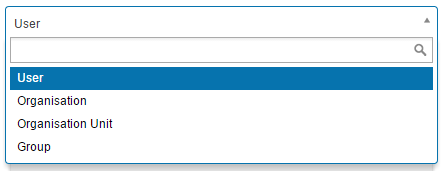

Note that users can be archived and edited form here. Selecting the links such as to edit and archive will direct you to the user screen.
1300 857 687 (Australia)
+61 2 6652 9850 (International)
ACN 091 302 975
ABN 35 081 897 494
© 2024 Janison
Janison acknowledges the traditional owners of the land on which we work and meet. We acknowledge the continuous care of the land, animals and waterways. We pay our respects to Elders past, present and emerging.